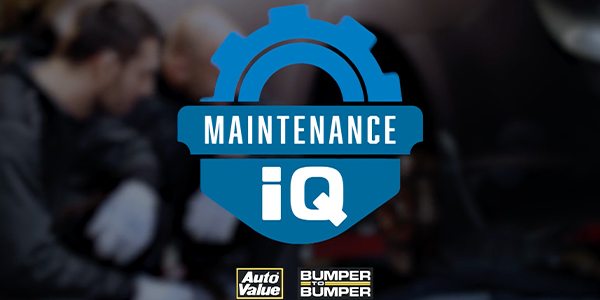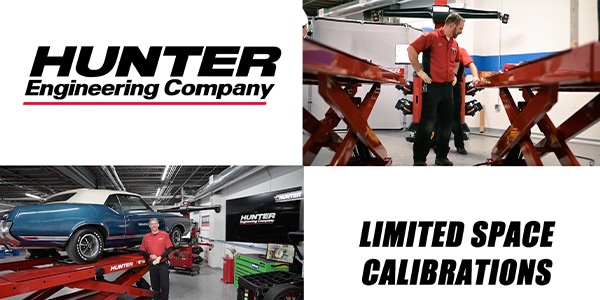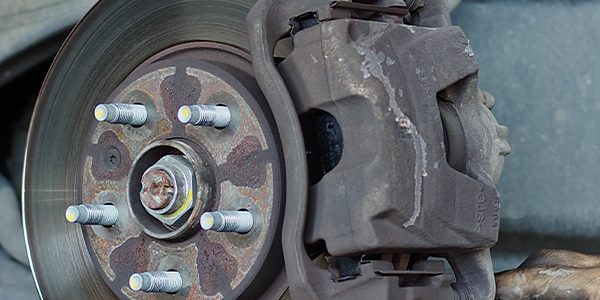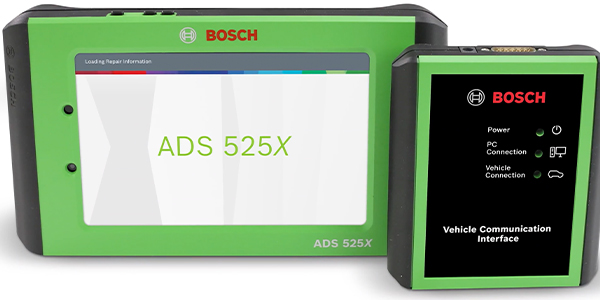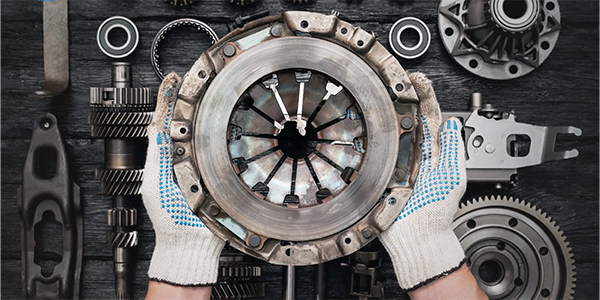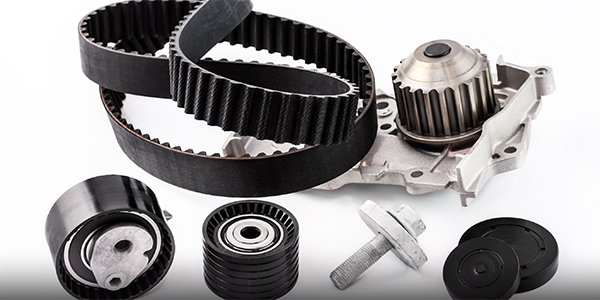There’s a lot of conversation today about the evolution of vehicle powertrains, from traditional gasoline and diesel to hybrid and electric.
No matter how contentious the arguments get about what powers the vehicles we drive, there is one thing everyone agrees on. It needs to stop, and needs to stay stopped, and interesting enough, a lot of the components we will be servicing won’t change regardless of what the powertrain is.
A vacuum pump is an essential part of the braking system in all modern vehicles and it is one of the components that remains essentially unchanged regardless of the powertrain. In fact, the lack of any vacuum on EVs will actually create more opportunities for vacuum pumps in the future. Let’s take a look at how they work.
Vacuum pumps amplify the braking force exerted by the driver to help the vehicle stop. They’re not exactly new technology but how the brakes get their vacuum assisted “boost” vacuum is changing. Engines have been downsized over the years from larger displacement V8’s and V6’s to as engines small as 1-liter 3 cylinders. This means that there is less displacement to generate vacuum for the brake booster to use. Additionally advanced ICE technologies like turbocharging and Variable Valve Timing reduce the vacuum pressure of the engine and of course, electric vehicle don’t generate any vacuum at all. The solution…Electronic Vacuum Pumps.
Electric-powered vacuum pumps are controlled by the engine control module. The system uses a pressure sensor mounted between the pump and the booster. The ECM will look at the vacuum, brake pedal position and other engine parameters. The vacuum pump is controlled with a relay that is actuated by the engine control module.
In addition, vacuum pumps are also required for emission solenoids and turbocharger wastegate actuators.
STAYING stopped can be just as important as getting stopped, and the parking brake has taken on increased prominence. In just the past 12 years or so, electronic parking brake actuators have gone from being a novelty on about 250,000 vehicles in 2010 to the predominate system on more than 50 million vehicles today.
More and more new vehicles are using electronic parking brakes instead of the older cable design. These newer designs incorporate two separate electronic actuators on the wheels. Like electronic vacuum pumps, this new and growing category is also entirely powertrain-neutral, meaning parking brake actuators they can be found on gasoline, hybrid, and electric vehicles.
Parking brake actuators are also an integral part of the Hill Hold Assist systems found on modern vehicles. The actuators engage to momentarily prevent a vehicle from rolling backwards down a hill when the brake pedal is released. This constant use, and corrosion, can cause these parts to prematurely fail.
Standard offers lines of both Vacuum Pumps and Parking Brake Actuators to keep these systems operating as designed. Standard Vacuum Pumps are direct-fit, OE replacements with high-quality O-rings and seals to prevent leaks and maintain proper vacuum pressure. Each Standard Vacuum Pump undergoes 100% pressure testing to prevent leaks and ensure OE-matching performance. All Standard Parking Brake Actuators include the required hardware and an O-ring for proper installation. They’re available for a wide range of import and domestic vehicles.
For more information about the parts and industry-leading coverage available to help keep these systems operating properly, visit StandardBrand.com.
Thanks for watching.


